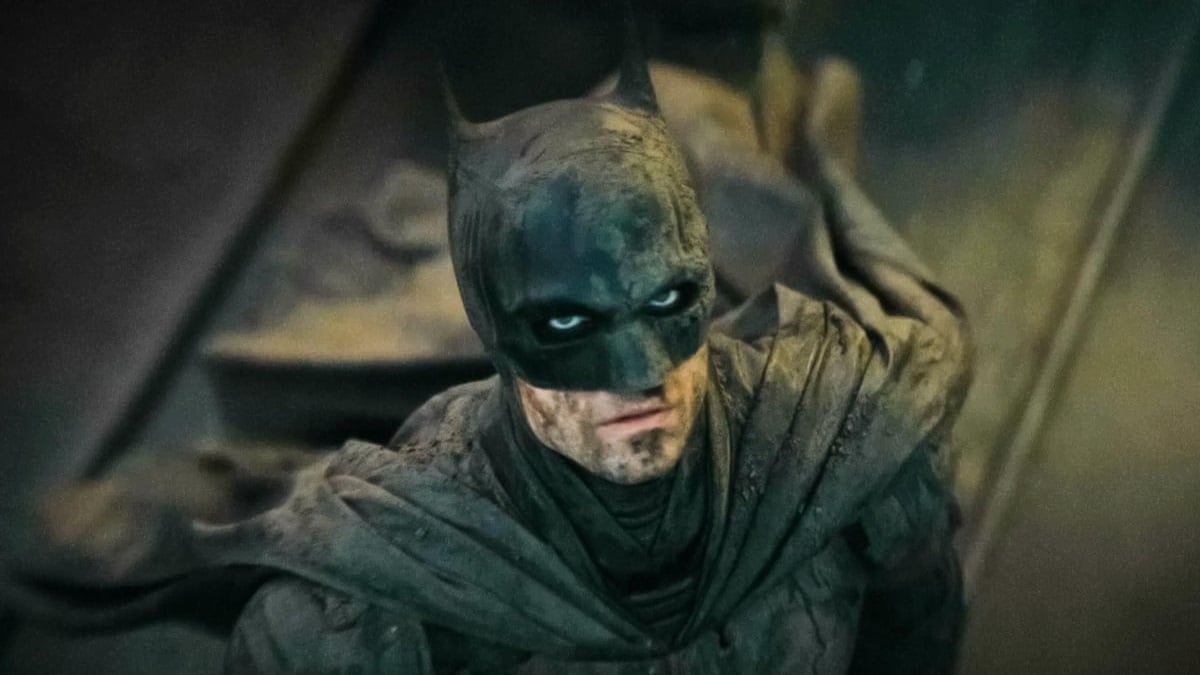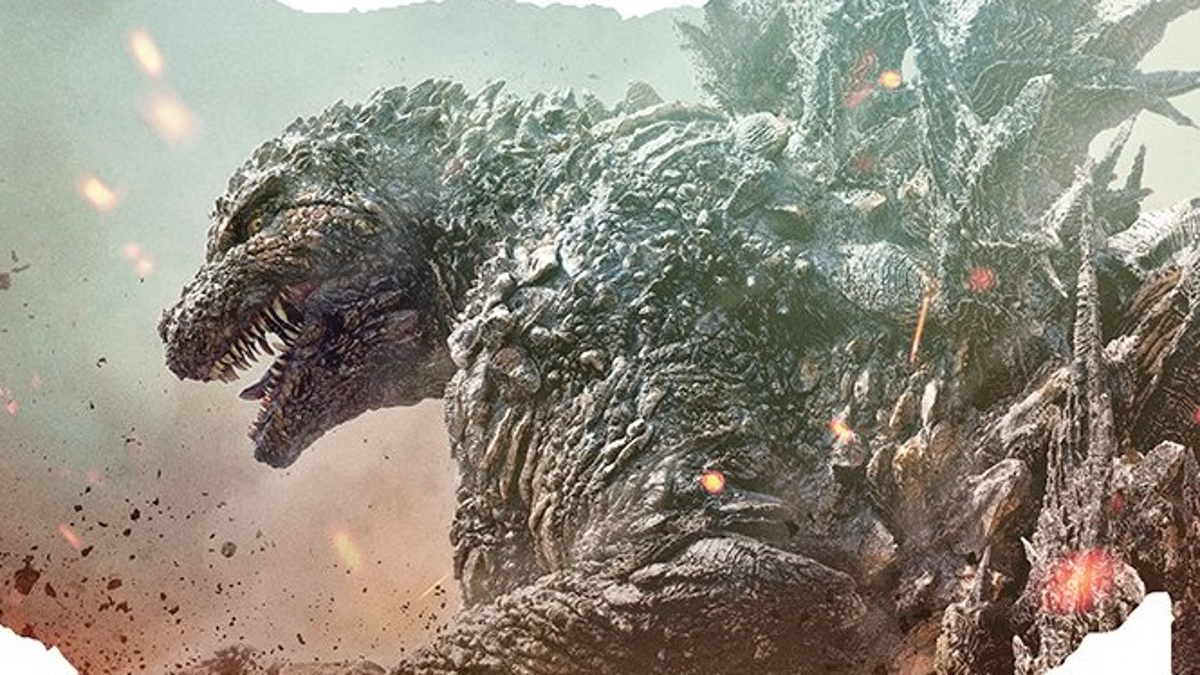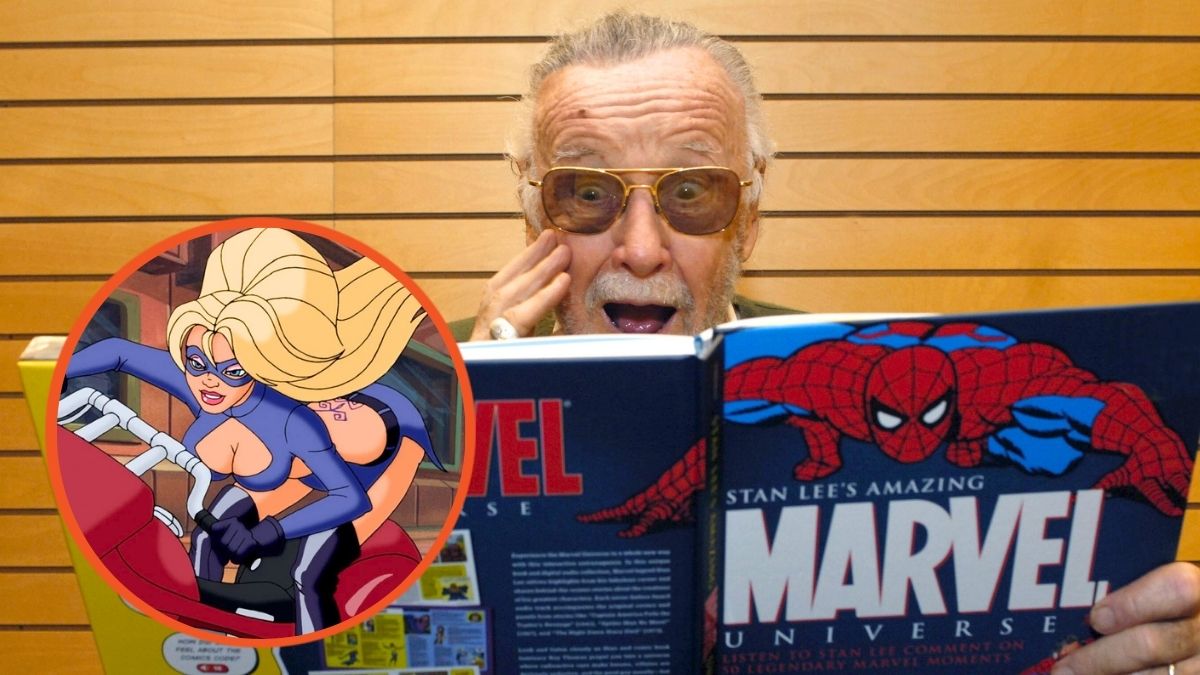
This review is based off a volume that collects Deathstroke: Rebirth #1 and Deathstroke #1-5.
It’s without question that Deathstroke has seen his fair share of relaunches in recent history. In the New 52 alone, he had two distinct runs to call his own, the second of which was especially memorable because we had Tony Daniel writing and drawing the world’s greatest assassin. But, after his exit, the title became a bit parabolic and suffered from the utilization of some rather silly villains.
Luckily, author Christopher Priest was able to get Slade Wilson back on track in the Rebirth era. And it’s not just the fact that he knows how to write for this character – believe me, he most certainly does – it’s that he knows how to tell the right story with Slade; supporting characters, tone, setting, you name it.
Much like Daniel and several others before him, Priest is well aware of the fact that you need the reader to sympathize with your protagonist. As it so happens, Slade has been portrayed as more of an “anti-hero” in his own title in recent years, but here he toes the line between that and supervillain, yet you still somehow root for him. Make no mistake, it’s not forgotten that this guy has done some truly abominable things – it’s just that now you’re seeing matters his way.
To be honest, I prefer for a book to employ as few artists as possible. Sure, it’s hard to keep up with the deadlines that come with a twice-monthly schedule, but this collected edition alone sees contributions made by a handful of pencilers. On the plus side, their respective styles don’t vary all that much and the transitions aren’t too jarring. At least Jeromy Cox colors the entire book, thereby creating a real sense of visual continuity.
Like most recent first volumes put forth by DC, this begins with what was originally printed as a Rebirth one-shot and, unlike a good deal of them, it’s not really a primer on the titular character’s published history. Instead, it’s more focused on pushing forward the current narrative and could’ve just as easily functioned as a proper “#1.”
From the get-go, Priest lets us in on Slade’s family life – and it’s not pretty. The man is more than efficient at killing tons of people, but, not surprisingly, sucks at being a father. I guess Rose is his attempt at redemption, but let’s not get ahead of ourselves.
Speaking of which, flashbacks play a huge part in how the story is told and therein lies my only real gripe with the visuals: They’re virtually indistinguishable from what occurs in the present. Sometimes it’ll take you a few panels to realize which time period you’re in, and this could’ve been entirely avoided had they used sepia tones or greys or even used a simple “Then” to mark the beginning of a flashback.
Once we get to the meat of the story, Priest really begins flexing his writing muscles. What follows is a brilliant blend of politics, international intrigue and all the sweet stuff that comes along with any fine tale about an assassin’s life. On top of that, the book will also make you laugh because the Slade-Wintergreen dynamic is such a contrast to what you’d get from Batman and Alfred. I’d hesitate to use the term “buddy comedy” because this tale never loses its straight face, but a delicate balance is achieved.
There’s a real treat in store for longtime fans when Slade teams up with his daughter, Ravager, who happens to have a price on her head. Personally, I found the scene in which he gave her a stern lecturing that doubled as a commentary on her generation to be more than amusing. And it’s not just him, the dialogue provided fits every character like a glove.
As I got deeper into the book, I came to realize how much of an introspective look at Deathstroke it really is. As opposed to placing the mercenary under the microscope by way of his own internal dialogue, much of our education comes via a chat Wintergreen has with Rose. Through it, we learn about the man under the two-toned mask and the feelings he actually has.
On an unrelated note, I just have to say that I found Slade’s disguises to be pretty hilarious. I especially liked the one that made him look a hell of a lot like James Lipton during his road trip to Gotham City with Rose.
A collision with Batman and Robin effectively closes the story and may very well be what most remember this volume for. While it’s not quite the big showdown you’d expect, it’s not without its charm. Priest’s writing for Batman had some minor flaws, but his take on Damian was quite good, if not over the top at points. If anything, the battle here is more intellectual as opposed to the bloodbath seen in Tony Daniel’s Gods of War. But I guess it’s all for the better because this option better suits this writer’s style.
It’s my position that Deathstroke Vol. 1: The Professional has so much to offer for anyone who even has a mild interest in the character; it’s as wickedly smart as it is violent. Believe me, this isn’t The CW’s Slade Wilson (which I loved, by the way). No. This is akin to a cinematic experience you’d find on HBO.












Published: Mar 14, 2017 11:45 am